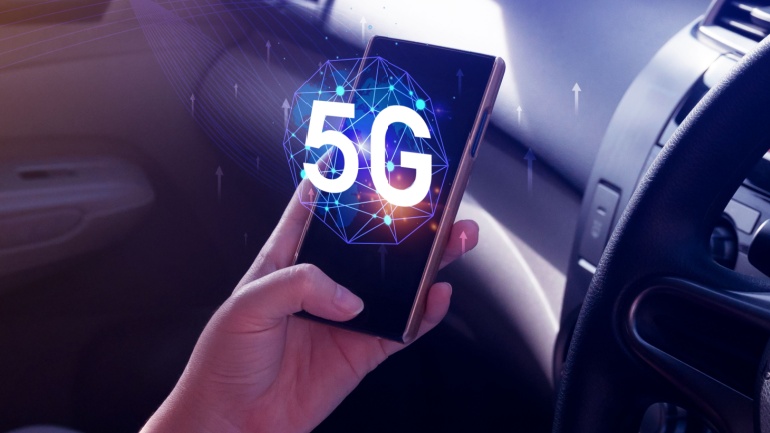5G technology is progressively reshaping the telecommunications landscape worldwide, stated Ken Hu, Rotating Chairman at Huawei, at the Global Mobile Broadband Forum 2023. The theme of the event, ‘Bring 5.5G into Reality,’ translated into detail-rich dialogues between major service providers and industry stakeholders from diverse geographies.
One of Huawei’s lead speakers, Ken Hu, shed light on the remarkable growth of 5G networks worldwide. Covering almost half the global populace, around 260 5G networks are currently functional across various regions. The past four years have seen 1.5 billion 5G connections being provided to help catapult Average Revenue Per User (ARPU) by 10% to 25% in selective markets.
The growing capabilities of 5G technology offer a synergistic growth opportunity for the B2B market. As Ken Hu aptly put it, “5G will help us change the world.” He emphasized the importance of commercially expanding 5G capabilities within sectors such as manufacturing, ports, and mining.
The director-general of GSMA, Mats Granryd, supported Hu’s sentiments, commenting on 5G’s remarkable run over the preceding four years. Granryd expressed confidence in the momentum of 5G technology, expecting a whopping 5.2 billion 5G subscribers worldwide by 2030. This expected surge in 5G adoption is likely to add approximately $1 trillion to the global economy annually.
As a testament to 5G’s potential, Alex Sinclair, GSMA’s Chief Technology Officer, labeled the technology as “the fastest global wireless revolution.” He identified the enterprise segment as the most significant opportunity for 5G, beyond its early focus on consumer deployments.
An exciting development is the rise of Fixed Wireless Access (FWA) as a key 5G use case, as noted by Karim Benkirane, CCO at du. Benkirane suggests that 5G-enabled FWA holds the potential to surpass fiber in terms of user experience in the future. Despite seeming challenges in segregating FWA and mobile traffic, Benkirane heralded 5G Advanced as a potential solution to improve speed and FWA experience.
However, unlocking the full potential of 5G will necessitate consistent network investment by telcos, as Bruce Lam, CEO, Consumer, at Hong Kong Telecommunications, pointed out. He emphasized commitment to network investment to differentiate their services and enhance customer experience.
Lastly, the conversation moved towards the role of 5G Advanced. Herald as the bridge between 5G and 6G, 5G Advanced is likely to show prominence in the coming years. Li Peng, Corporate Senior Vice President and President of the Carrier BG at Huawei, claimed that Huawei is ready for substantial deployment of 5G Advanced to help service providers surmount the growing challenges.
In conclusion, the evolution and implementation of 5G technologies are very much embedded in the telecom industry’s future. This technological escalation promises to unlock new possibilities, create value, and drive transformation in numerous sectors worldwide. As connectivity continues to redefine our experiences, the concept of ‘Bring 5.5G into Reality’ seems poised for successful execution sooner than we expect.







